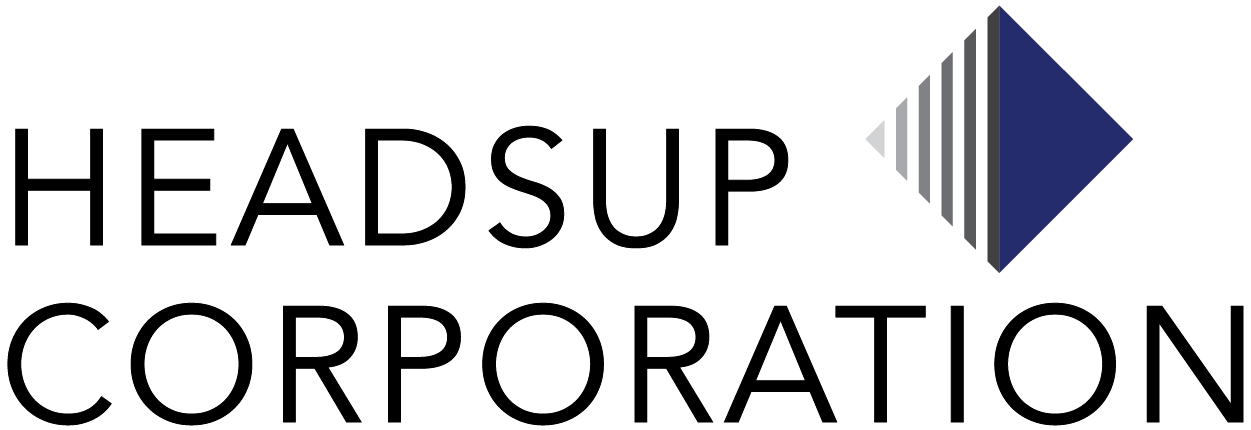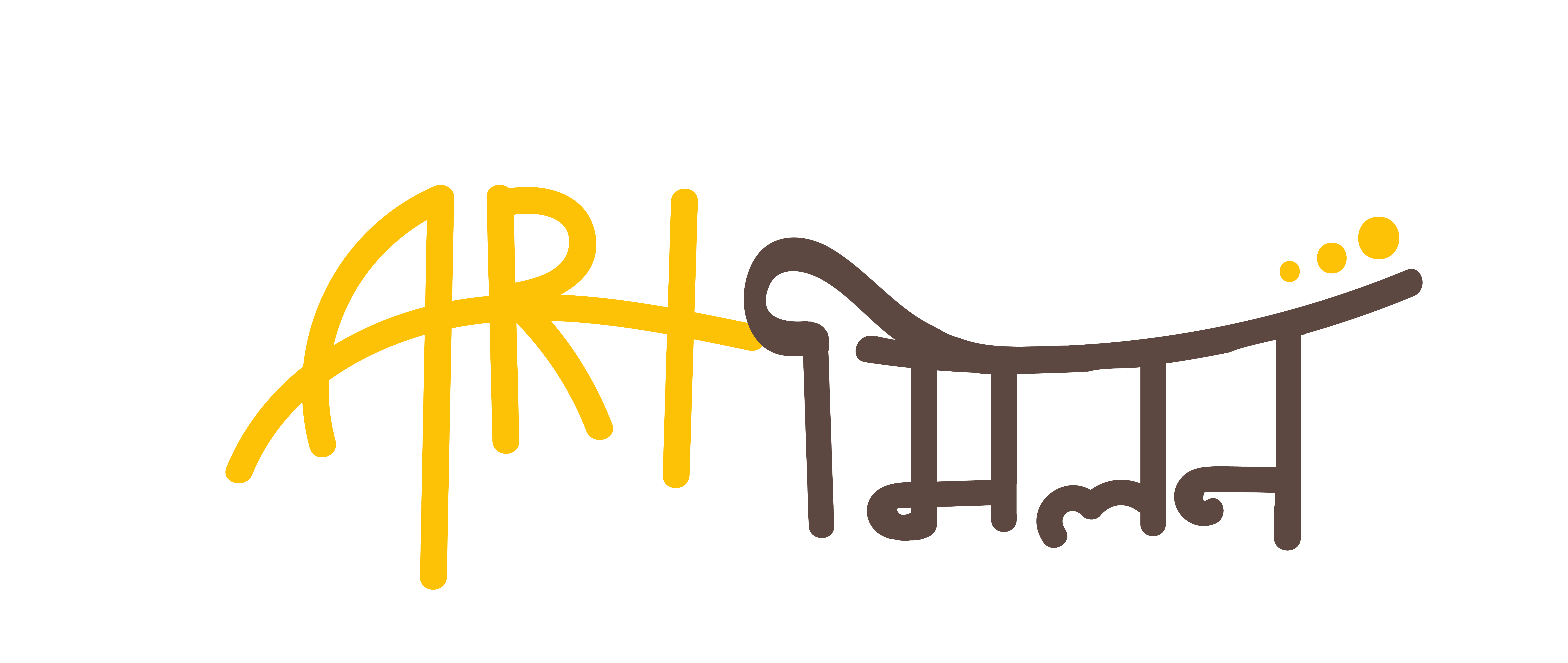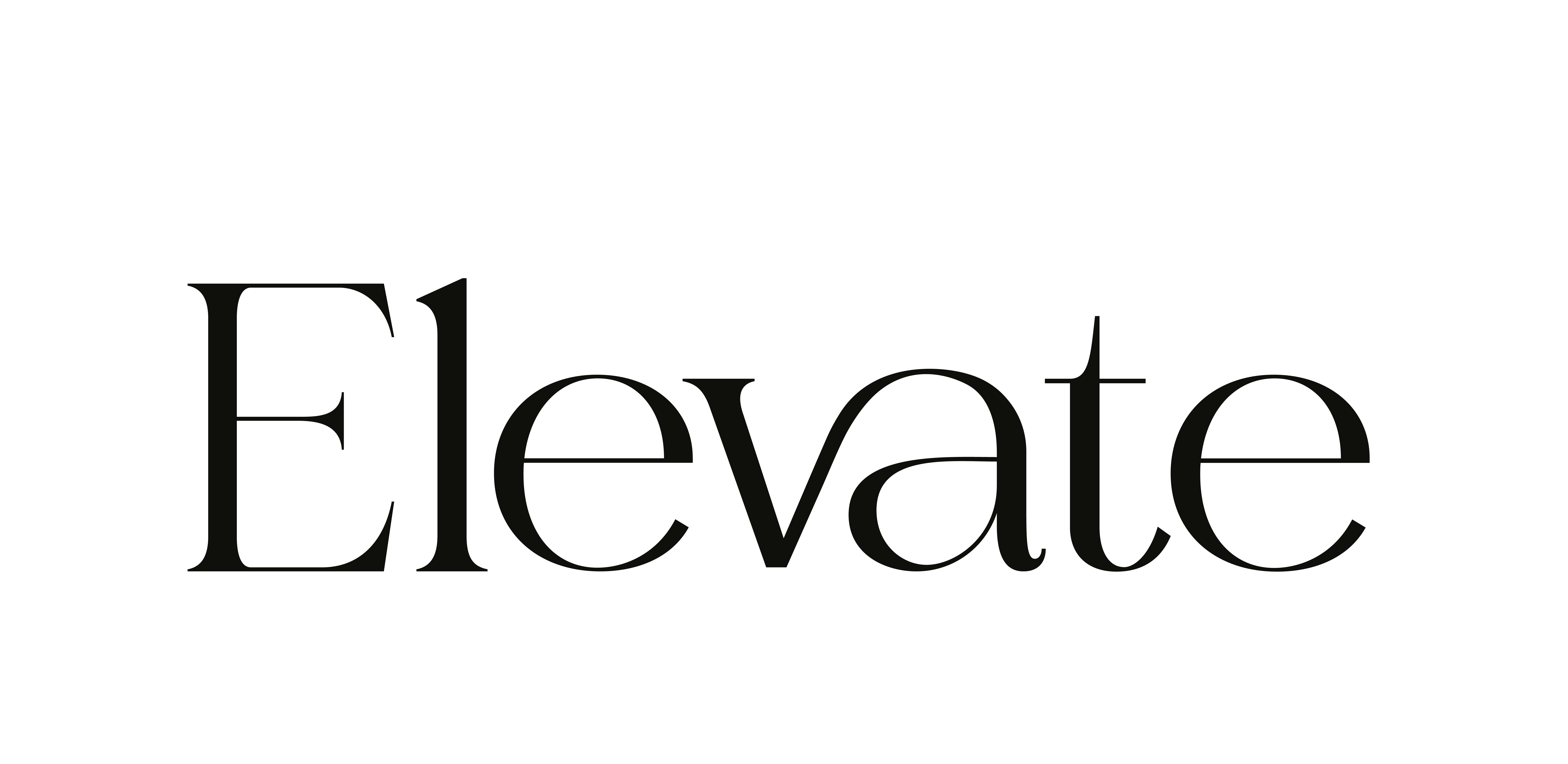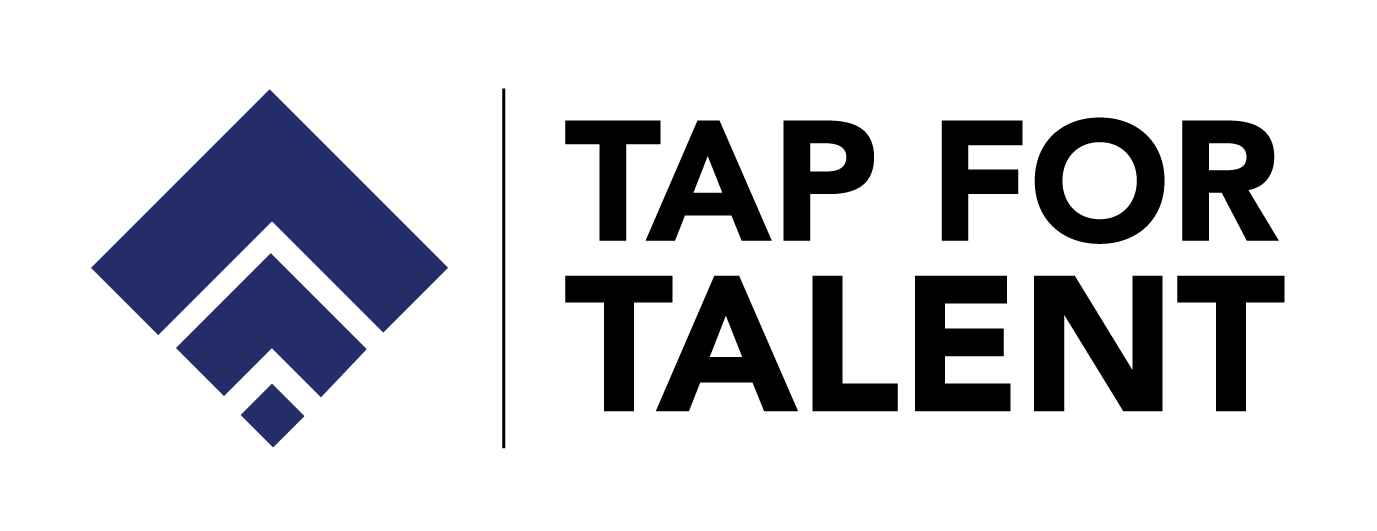Steps of Human Resource Planning (HRP) and Process
In today’s fast-paced business world, the success of any organization largely depends on its ability to manage its most valuable asset – its people. This is where Human Resource (HR) planning plays a pivotal role. By implementing a well-structured and strategic HR planning process, companies can ensure they have the right talent in place to achieve their goals and stay ahead of the competition.
Step 1: Assess Current Workforce
The first step in the 7 Step Human Resource Planning Process is to assess your current workforce. Take stock of your employees’ skills, qualifications, and experiences. Identify any gaps or surpluses in your workforce. This evaluation will provide you with a clear picture of where your organization stands in terms of human resources.
Step 2: Forecast Future Needs
Once you understand your current workforce, it’s time to look to the future. What are your company’s growth objectives, and how will they impact your workforce? Forecast the future skills and competencies your organization will require. Consider industry trends, technological advancements, and changes in market demand that may affect your staffing needs.
Step 3: Gap Analysis
With your current workforce assessment and future needs forecast in hand, conduct a gap analysis. Identify the disparities between your current workforce and the workforce you’ll need to meet your future goals. This step is crucial for understanding the specific areas where your HR planning efforts should be focused.
Step 4: Recruitment and Talent Acquisition
Based on the gap analysis, develop a recruitment and talent acquisition strategy. Determine whether you need to hire new employees, upskill existing ones, or both. Create job descriptions, conduct interviews, and use various recruitment channels to attract the right talent. This step is all about finding the best fit for your organization.
Step 5: Training and Development
Once you’ve brought new talent on board, invest in their growth and development. Provide training programs and resources to enhance their skills and knowledge. Encourage continuous learning and upskilling to ensure your workforce remains competitive and adaptable in a rapidly changing business landscape.
Step 6: Succession Planning
A robust HR planning process also includes succession planning. Identify potential future leaders within your organization and develop plans to nurture their growth. This ensures a smooth transition when key positions become vacant and minimizes disruptions to your business operations.
Step 7: Monitor and Adjust
HR planning is an ongoing process. Daily monitor the effectiveness of your strategies and make adjustments as necessary. Stay attuned to changes in the business environment and be prepared to adapt your workforce accordingly. Continuous improvement is key to HR planning success.
Conclusion:
The 7 Step Human Resource Planning Process is a dynamic and strategic approach to managing your organization’s most valuable asset – its people. By assessing your current workforce, forecasting future needs, conducting gap analyses, and implementing recruitment, training, and succession plans, you can ensure that your company has the right talent in place to thrive in today’s competitive business landscape. Remember, HR planning is not a one-time task; it’s an ongoing commitment to the success and growth of your organization.








